Oven Roasting to Perfection

There’s no doubt that roasting meats and vegetables brings them to a new taste level, which is why most people are eager to serve a plump, juicy chicken or rump roast for special guests. It’s also why skewered meats and whole lamb or baby goat cooked on spits are so highly valued in many cultures.
During roasting, meat (or fish, poultry or vegetables) is first exposed to a high heat in order to create a crust and concentrates the juices inside the meat where all that great flavor is. Then, heat is regulated to allow the interior to cook thoroughly.
It can be tricky, however, to oven roast foods just right. Under cook them and you run the risk of tasteless and even dangerous meals; overcook foods and there’s no turning the clock back to bring them to the right flavor and presentation. So how does a home cook get it just right?
First, start off by learning which foods actually roast best and which cuts of certain meats will fare better than others through the process of oven roasting. For example, the best foods for roasting are poultry, such as chicken, duck, turkey and goose; and red meats such as beef, goat and lamb.
Thick and meaty fish such as salmon, halibut, swordfish and mahi-mahi are all great roasted because they don’t tend to fall apart over high heat as easily as other more flaky and delicate types of fish. Root vegetables like turnips, beets, radishes, carrots and potatoes are perfect for roasting with butter, oil and herbs to soften their tough interior. Beef is best roasted with particular smaller cuts and especially good when stuffed with herbs and other thinly sliced meats inside, imparting even more rich flavor through their own fats.
Whenever possible, use the whole animal or parts of the animal with the bone-in as the bone serves as an anchor for the meat, holding in valuable juices that contain the flavor we love to savor. Here are some important rules of thumb to follow when oven-roasting foods:
- Before beginning to roast, season the food well so that it has time to absorb during cooking.
- Use heavy bottom pans for roasting and a rack inside of the pan to hold meats so that they don’t sit and cook in their fats
- Smaller cuts of meat can be browned on the stovetop in an oven-safe skillet and then roasted to ensure a crispy outsides and a thoroughly-cooked inside
- Roast fish in parchment paper so that you don’t lose any of its delicate and nutritious skin in the oven-roasting process
- Meat should be placed in a hot oven at the correct cooking temperature for the type of meat and size of its joint (if roasting with the bone-in). Doing otherwise will skew the cooking time and could cause over-cooking.
- If roasting vegetables with meat, remove the items that are done first if the other still needs more time- overcooked vegetables are just as unappetizing as overcooked meats.
- Never add water to the roasting pan because it creates humidity inside the oven and reduces some of the flavor imparted by the meat.
- Never cut or poke holes in the meat or slice it as soon as it comes out of the oven- the juices will run out and so will a lot of the flavor.
- When roasting white meats, baste frequently with the fat at the bottom of the pan to give it more flavor
When is it Done? After all the hard work at shopping and preparing a perfectly-roasted meal, it’s really important to figure out when food is done and what to do with it at that point.
- Vegetables are done when you can easily slide a sharp knife into the middle
- Meats are done when the juices run clear and they have reached the desired internal cooking temperature (see list below)
- Leave meats to rest a few minutes before serving. Not only does it retain the moisture, but it also helps make it easier to cut the meat when serving.
Safe cooking temperatures depend on the type and size of meat being roasted as well as how cooked you prefer it. Internal cooking temperatures for well-done meat, poultry and fish are as follows:
Red meats– 160° F or more
Poultry- 165° F
Fish – varies from 125°-140° F. Some shellfish actually have cooking times rather than temperatures and change in color to indicate when they are done (i.e. shrimp cooks for just a few minutes on each side).
In summary, choose the best cuts of meat, fish and produce for roasting. Follow a few simple steps and patiently see the process through to the end. Allow meats to rest, making it easier to cut and serve to the guests of honor at your next dinner that’s oven-roasted-to-perfection.
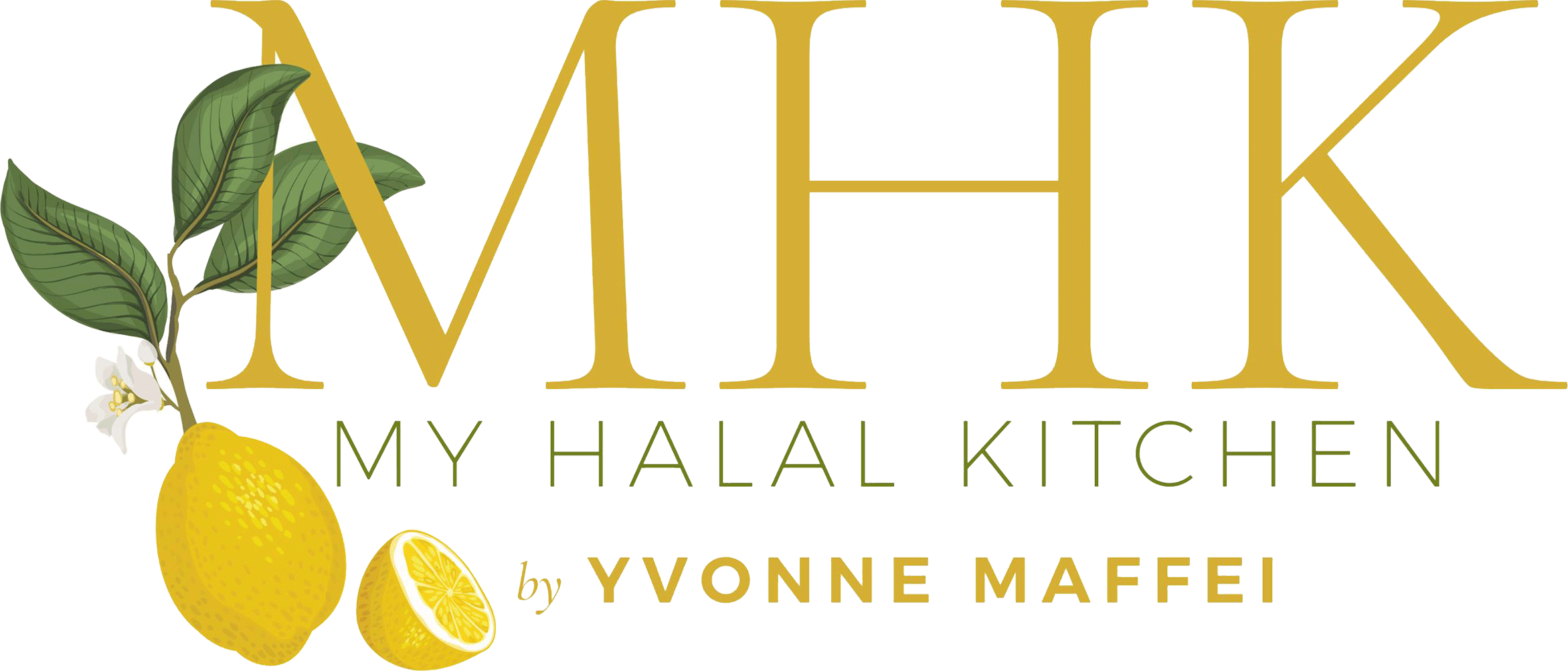
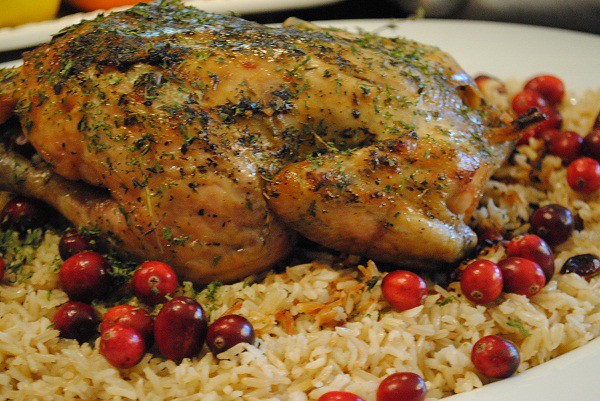

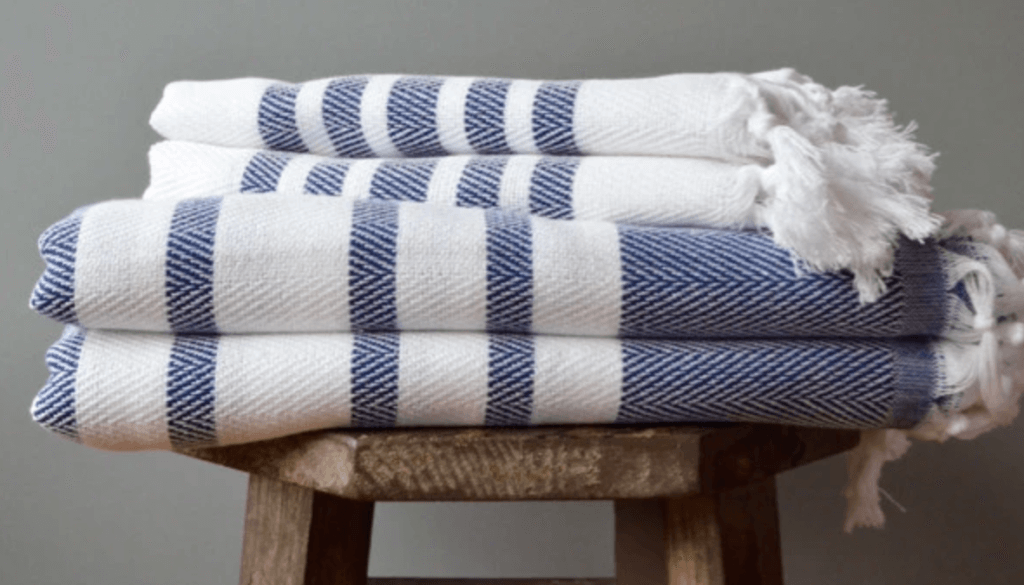
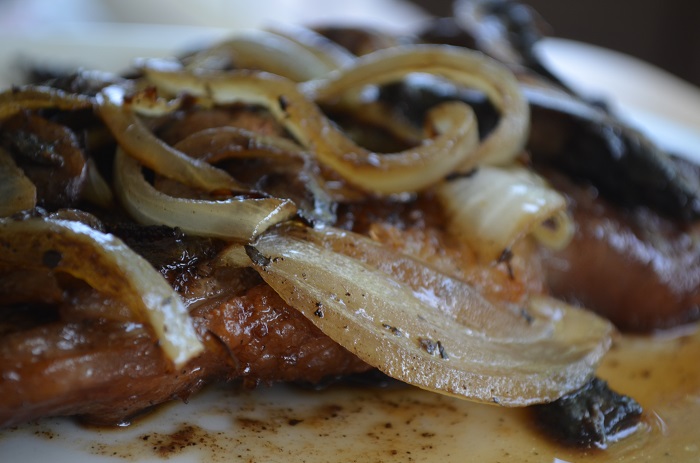
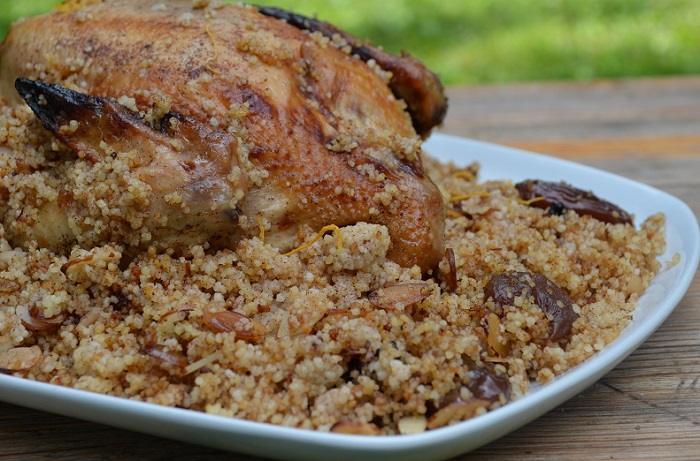



Salaam.
I don’t know if you remember me, but I was your student in CPSA for English. I’m living by myself in England now studying and your site has been a huge help! I’ve always wanted to learn to cook, and this site is helping stay away from those unhealthy takeaways. I hope you keep uploading more tutorial videos and such. Jazakallah khayr!